Okay breathing is important, but how? This post will tell you
Read More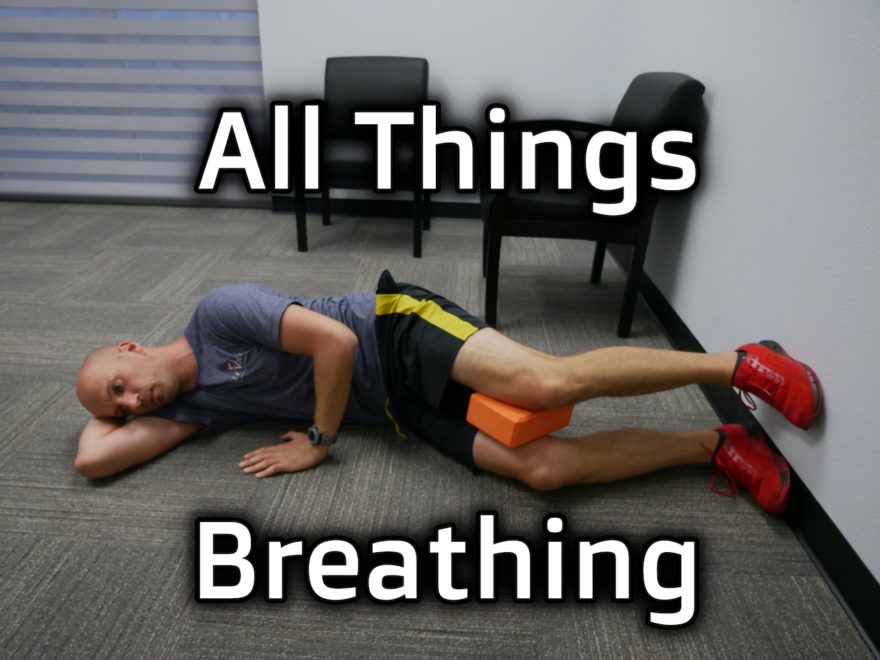
Health and Performance Made Ridiculously Simple

Okay breathing is important, but how? This post will tell you
Read More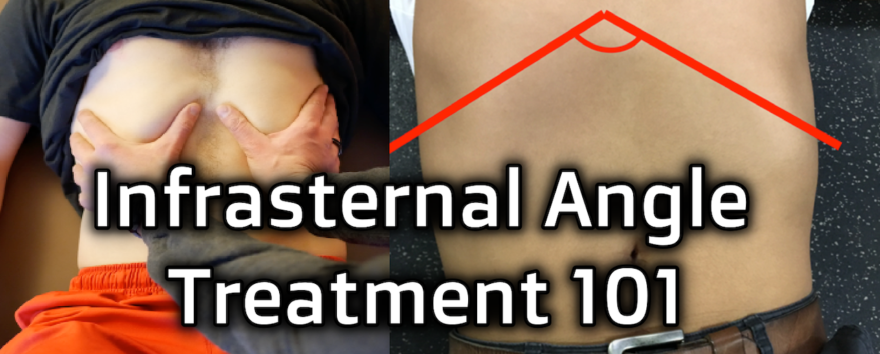
I measured the infrasternal angle…..uhhh, now what?
No doubt you’ve heard a bazillion things about the infrasternal angle. You maybe even have been measuring them pretty consistently and know it’s a big deal.
You know what we don’t talk about though?
What the hell do you do about it?!?!?
You’ll find out in this post
Read More
Get ready to have a model that allows you to apply both, no matter what peeps on the internet tell you!
Read More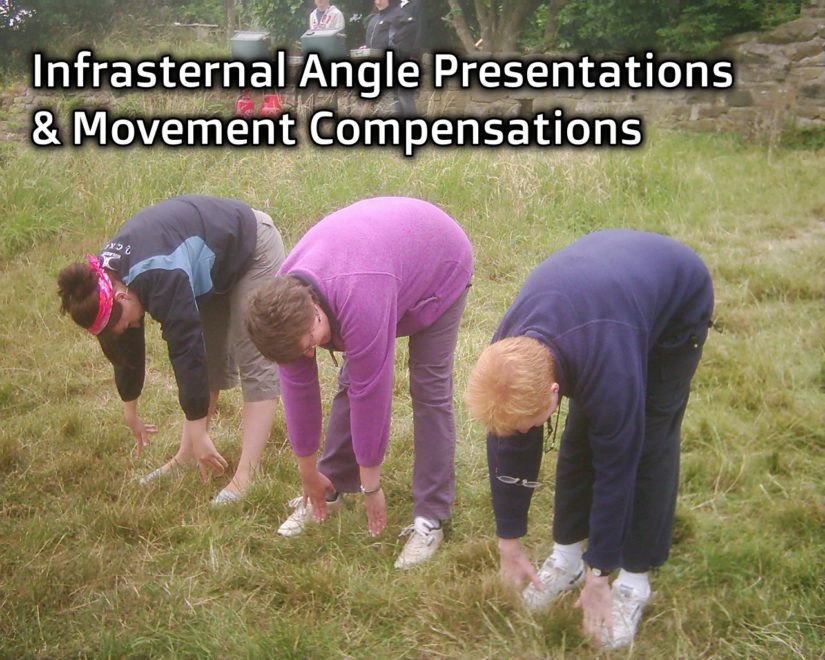
Is the reason you can’t touch your toes tight hamstrings? Is your inability to go overhead because of tight lats? OR………….YES OR……. Does the structure of your body influence where you will be limited?
Read More
Know different postures you will see inside and out! It seems like there are a bazillion different types of postural presentations. Is there any way to simplify the confusion? Interestingly enough, things like flat back, extreme kyphosis, and even the common compensatory pattern can be explained through the movement lens we discuss on a weekly basis. All of these postural deviations are compensations atop of compensations How bad do you want to be able to 1) identify these postural strategies and most importantly, 2) know how to best improve these compensations? If it’s bad (I’m talkin’ reaaaaaaal bad), then check out Movement debrief Episode 124.
Read More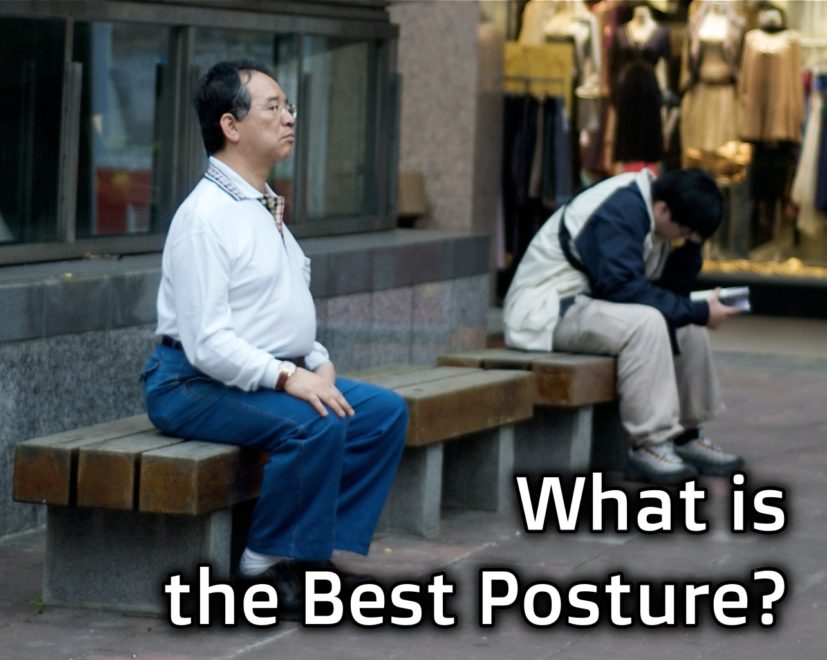
Ever argue with someone about good posture? Are you ready to tell them it’s all bullshit? We are meant to move, so the best posture is one that is constantly changing. In fact, research shows movement variability, the changes we unconsciously make within movements, is a marker of health and reduced injury. How beefed up would your posture knowledge be if you knew… What “good” posture actually is? Can you really be “stuck in extension?” What “stacking” is and why it’s essential to movement? What are the best cues to change someone’s posture? Well those are just a few of the many things you’ll learn in today’s video interview I did on Phillipe Gervais’ Youtube channel. It’s time to finally silence those posture junkies. Time to have that difficult conversation with your mom (cue childhood trauma of mom telling me to sit up straight). Time to take your movement knowledge to the next level! Watch the video below and prepare to deep dive! Photo credit: Steve Leggat
Read More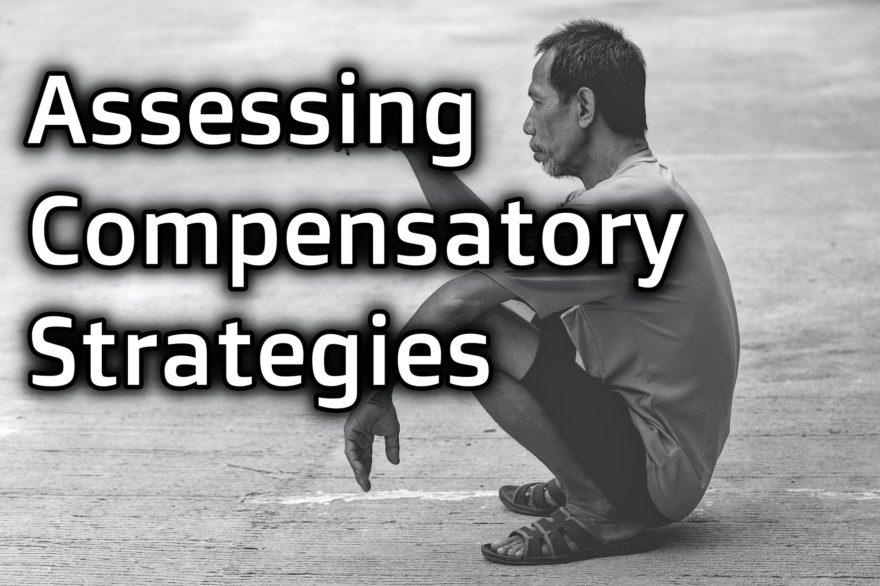
A deep dive into the practical application of respiratory mechanics When you deep dive into the biomechanics, it’s easy to get lost in the weeds. You are trying to figure out how the scapula moves just so, or what is the big toe doing during this part of the squat…yikes! While greater biomechanical understanding is necessary, it’s not the most important piece. You can never lose sight of how to help your clients. That is the highest priority. Practical application. Which is why I think you’ll love my feature on the Upper Left Performance Podcast. It’s just enough of the details of movement compensations, with heaps of practical application! Topics covered include: What are the two common compensatory strategies people can present with? How does body structure influence one’s ability to move Simple assessments for determining one’s compensatory strategy How to adapt one’s training to maximize movement quality Click here or the link below to tune in! Upper Left Performance #14 Zac Cupples Image by pisauikan from Pixabay
Read More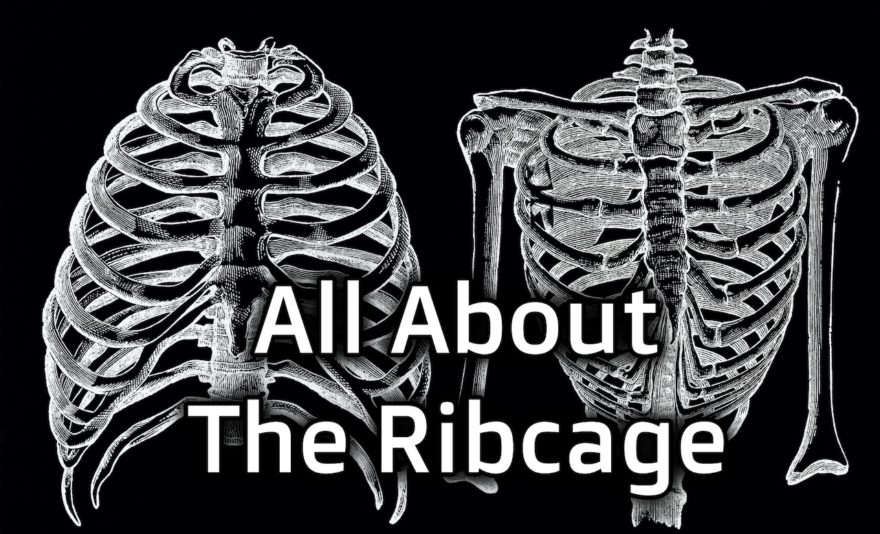
Learn how reaching and improve upper body mobility Movement Debrief Episode 117 is in the books. Below is a copy of the video for your viewing pleasure, and audio if you can’t stand looking at me. Here is the setlist: What order should I prioritize improving ribcage expansion? What is the manubriosternal joint? What happens when I have mixed compensations at the sternum? How can I encourage ribcage dynamics without increasing secondary compensations? What visual cues can I look at to see if someone can “stack?” What is different about infrasternal angle presentations between 90-110 degrees? How do I go about improving these particular infrasternal angle presentations? How can thoracic sidebending be useful with improving ribcage dynamics?
Read More
A deep dive into the infrasternal angle Movement Debrief Episode 115 is in the books. Below is a copy of the video for your viewing pleasure, and audio if you can’t stand looking at me. Here is the setlist: What are the primary compensatory strategies with a wide and narrow infrasternal angle? What would be secondary compensations seen with these infrasternal angles? What test results would each infrasternal angle have? What exercises should be programmed for inhalation and exhalation strategies? What is the upper thorax presentation for each infrasternal angle? What exhalation strategies should each infrasternal angle use? Are there times it’s okay to deviate from these strategies?
Read More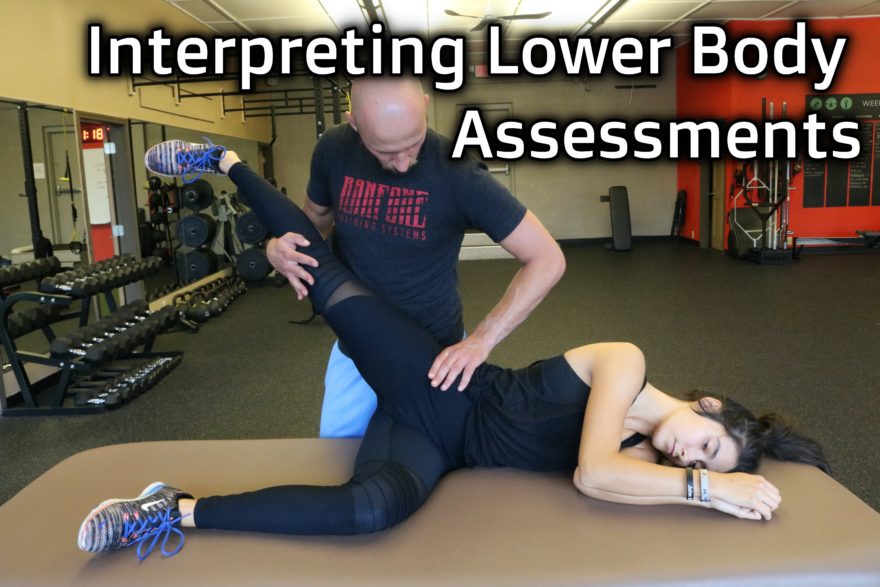
How to go through common lower body assessments Movement Debrief Episode 114 is in the books. Below is a copy of the video for your viewing pleasure, and audio if you can’t stand looking at me. Here is the setlist: What is hip flexion measuring? How can a wide and narrow infrasternal angle (ISA) be limited in hip flexion? What is the straight leg raise actually measuring? What mechanics go into a straight leg raise? Is there a way to self-measure the infrapubic angle (IPA)? What are the pro’s and con’s of active vs passive testing? How about comparing the obers test to the Gillet/reverse gillet?
Read More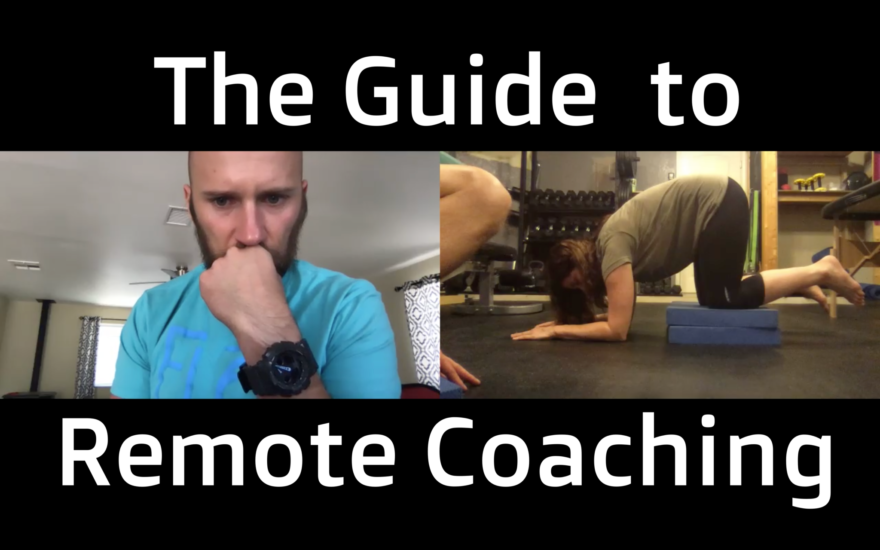
How to coach movement when you can’t in-person Movement Debrief Episode 113 is in the books. Below is a copy of the video for your viewing pleasure, and audio if you can’t stand looking at me. You’ll also get modified transcripts for this one. That’s how much I care! Here is the setlist: Why should you consider remote consultations What are realistic expectations regarding a remote consultation business? What are the challenges of a remote consultation business? What does the remote consultation process look like? How do I screen for red flags? What remote assessments do I use? How does once coach someone remotely? How do I set up remote coaching classes with multiple people? What substitutes do I use when external load is not available?
Read More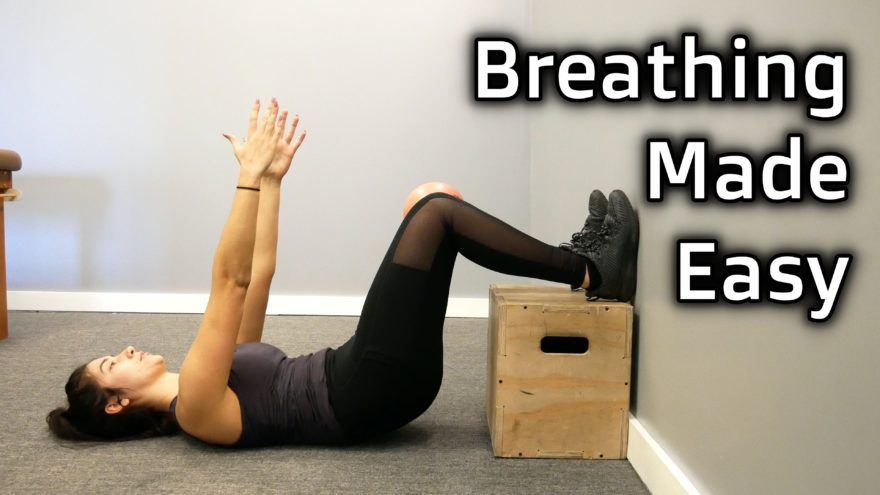
The starting point for learning about breathing This breathing stuff is confusing, isn’t it? You hear all of this foreign terminology, see crazy exercises, and are trying to visualize where the viscera and air is going when you are doing an exercise ahhhhhhhhh!??!! Yet you see the positive results that others get. Heck. you may even get great results just messing around with this line of thinking. You know there’s something there, but where in the hell do you even start? Maybe you’ve lost hope and don’t think you are smart enough to get it. I want to tell you that you are wrong my dear friend. Dead wrong! The problem with continuing education As educators, it’s our fault. We don’t do a great job of preparing you to learn and accept the material. We don’t help you succeed. We expect you to figure it out. That ends today. What’s missing with all of this breathing stuff is a way to grasp the fundamentals. What are the key tenets you need to learn to better learn and apply the material taught on my site and others? That’s why I’ve beefed up the Human Matrix Foundations course. In this free course, you’ll get all the fundamental anatomy, biomechanics, and more that you need to better grasp all the breathing stuff you want to learn; allowing you to get those results you so desire for your client. With this class, you’ll get the following: Become automatic with common breathing terminology and lingo
Read More